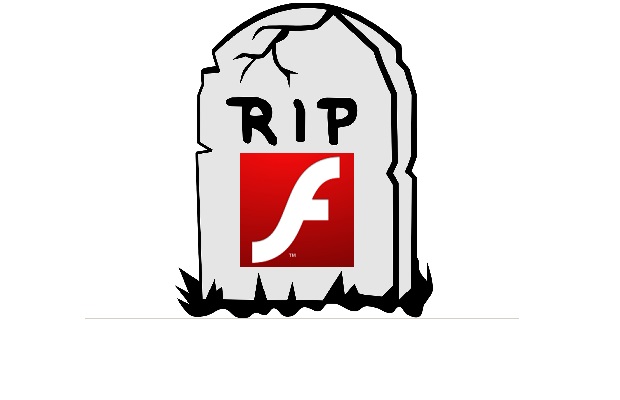Google’s Chrome browser has started blocking some internet adverts that use Adobe’s Flash technology, joining many major web platforms now phasing out the dated video software.
The move could be a major new hurdle for advertsers still using Flash technology in their ads.
Google said it had taken the step to help web pages load faster and preserve battery life on mobile devices.
It has introduced tools that help people convert Flash adverts to ones that use an alternative technology.
Many technology companies have turned against Flash in recent months, saying it slowed down web-browsing and was a security risk.
Google has a set a date of September 1 for when its Chrome browser will block all Flash content that isn’t “central to the webpage.”
Flash content, such as ads or auto-playing videos on non-video websites, will be automatically paused by default but they can be played by clicking on them.
Embedded video players on sites like YouTube and Vimeo will still work.
The move could also help stop the spread of malware via malicious Flash ads. Flash has had a long history of security exploits, with the most recent exploit being uncovered in July, which potentially allowed hackers to remotely execute malicious code.
The vast majority of online advertising still makes use of Flash, even on mobile, where Flash has never been fully supported.
A recent report by mobile ad management firm Sizmek claimed that advertisers tried to deliver more than 5.35 billion Flash ads in Q1 2015—which ended up defaulting to static images—versus 4.25 billion HTML5 ads.
Source: Sizmek
While Google already automatically converts most Flash ads placed on its AdWords network to HTML5, other sites will simply stop accepting Flash ads entirely.
Amazon’s updated advertising guidelines note that the site will stop accepting Flash on September 1, which it says will ensure “customers continue to have a positive, consistent experience on Amazon.”
